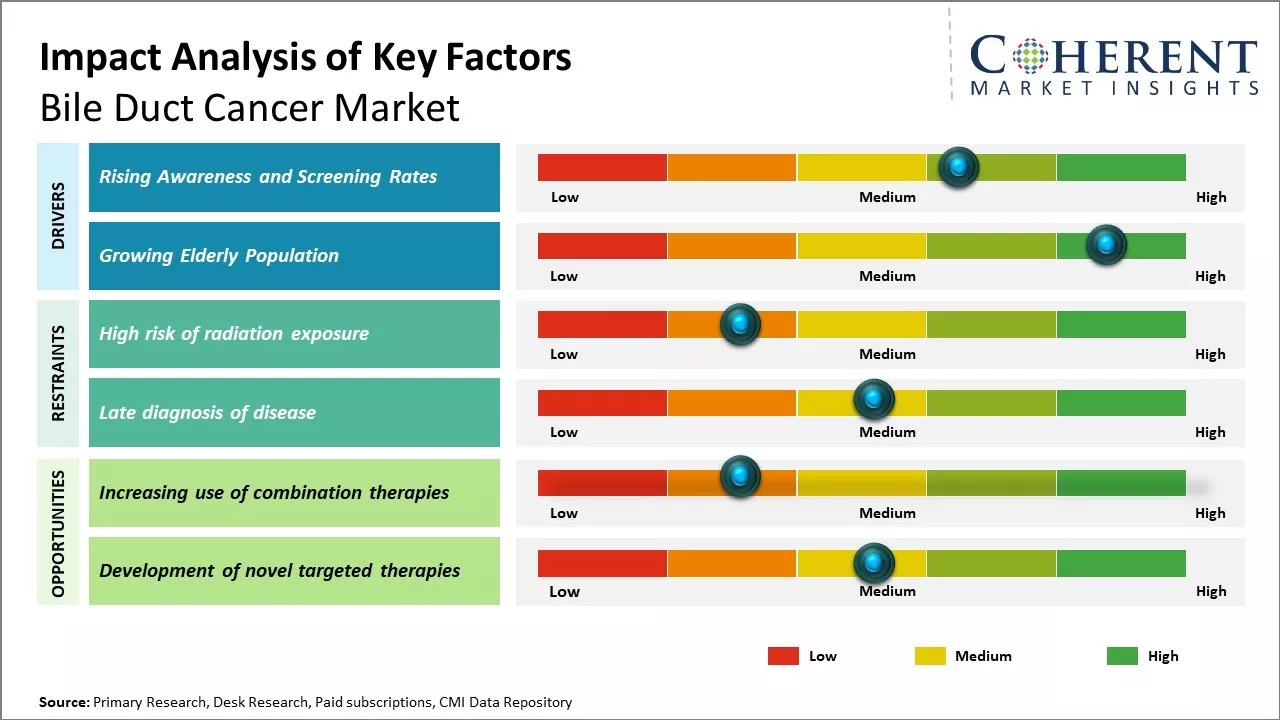Global bile duct cancer market is estimated to be valued at US$ 4.03 Bn in 2025 and is expected to reach US$ 7.18 Bn by 2032, exhibiting a compound annual growth rate (CAGR) of 8.6% from 2025 to 2032. Improved diagnosis and screening of this cancer can boost early detection, resulting in increased treatment rates. Furthermore, expanded insurance coverage for costly surgery and chemotherapy treatment can also drive the market growth.

To learn more about this report, Request sample copy
The market is witnessing positive trends due to development and approval of novel drugs for treatment. Targeted therapies and immunotherapies have shown promising results in clinical trials for advanced stages of bile duct cancer. Researchers are also exploring combinations of immunotherapy with chemotherapy or radiation therapy to boost treatment effectiveness. These developments are expected to boost adoption of high-priced specialty drugs in the near future.
Rising Awareness and Screening Rates
Increasing awareness about bile duct cancer, its causes, risk factors and ways to potentially catch the disease early can drive the market growth. More people now recognize the importance of regular screening, especially for those in high-risk groups based on age, family history or known medical conditions. Doctors have improved their understanding of the disease and learned to watch out for certain warning signs and symptoms that may point to bile duct cancer developing. Thus, screening rates have increased in the past decade in most countries. This has translated to many more cases now being detected at earlier stages when treatment options tend to be more effective. Detecting the disease early often means less invasive procedures needed, thus, boosting demand for services and therapies related to bile duct cancer. Heightened public education efforts by cancer societies and support organizations can boost screening rates and subsequent early detection in the near future. For instance, in January 2023, according to the data published by University College London, an international multicenter trial, including researchers from UCL and University College London Hospitals NHS Trust (UCLH), a novel personalized cancer therapy holds the potential to substantially enhance the prognosis for certain individuals diagnosed with bile duct cancer.
Joining thousands of companies around the world committed to making the Excellent Business Solutions.
View All Our Clients